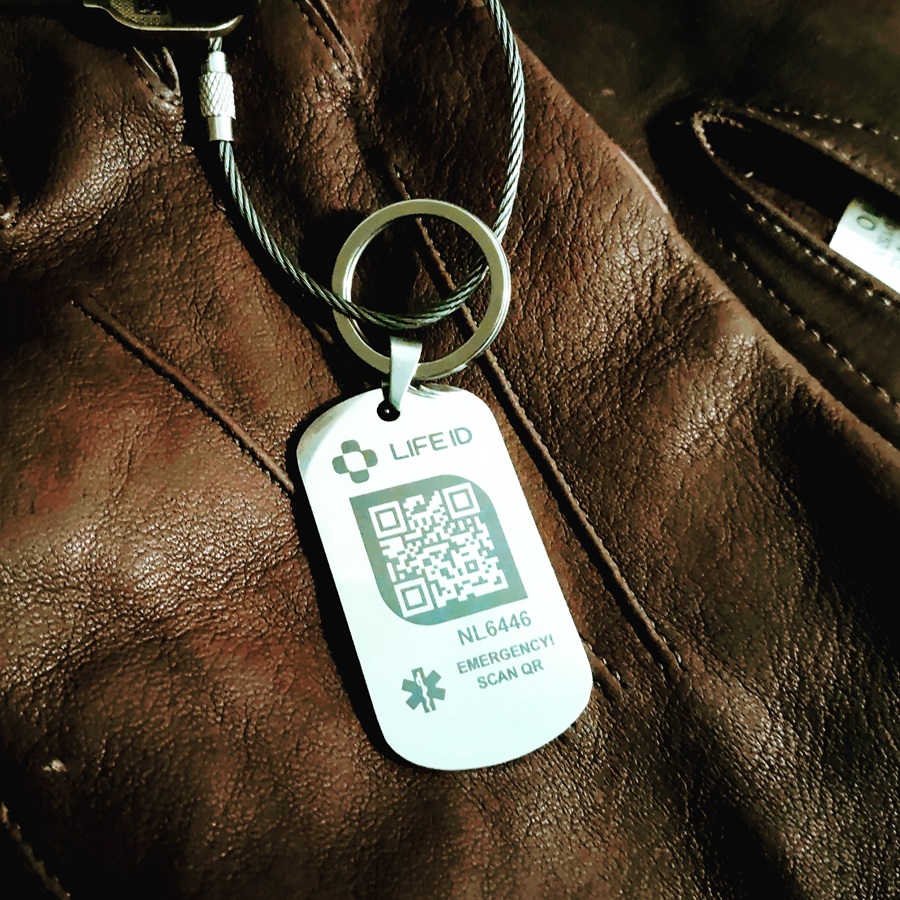
Everything you need to know about inflammation
Inflammation is a key aspect of the body’s immune defenses. It can be acute or chronic. Symptoms can include swelling, heat, pain, and more. Treatments can depend on the underlying cause.
The body may send cells to defend against a foreign body, such as a thorn, an irritant, or a pathogen. Pathogens include bacteria, viruses, and other organisms, that cause infections.
Sometimes, the body mistakenly perceives its own cells or tissues as harmful. This reaction can lead to autoimmune diseases, such as type 1 diabetes.
Experts believe inflammation may contribute to a wide range of chronic diseases. Examples of these are metabolic syndrome, which includes type 2 diabetes, heart disease, and obesity.
People with these conditions often have higher levels of inflammatory markers in their bodies.
In this article, find out more about why inflammation happens, its symptoms, and ways to resolve it.
Types and symptoms
A person with acute inflammation might experience pain in the affected area.
There are two main types of inflammation: acute and chronic.
Acute inflammation
An injury or illness can involve acute, or short-term, inflammation.
There are five key signs of acute inflammation:
- Pain: This may occur continuously or only when a person touches the affected area.
- Redness: This happens because of an increase in the blood supply to the capillaries in the area.
- Loss of function: There may be difficulty moving a joint, breathing, sensing smell, and so on.
- Swelling: A condition called edema can develop if fluid builds up.
- Heat: Increased blood flow may leave the affected area warm to the touch.
These signs are not always present. Sometimes inflammation is “silent,” without symptoms. A person may also feel tired, generally unwell, and have a fever.
Symptoms of acute inflammation last a few days. Subacute inflammation lasts 2–6 weeks.
Chronic inflammation can continue for months or years. It either has or may have links to various diseases, such as:
- diabetes
- cardiovascular disease (CVD)
- arthritis and other joint diseases
- allergies
- chronic obstructive pulmonary disease (COPD)
- psoriasis
- rheumatoid arthritis
The symptoms will depend on the disease, but they may include pain and fatigue.
Measuring inflammation
When inflammation is present in the body, there will be higher levels of substances known as biomarkers.
An example of a biomarker is C-reactive protein (CRP). If a doctor wants to test for inflammation, they may assess CRP levels.
CRP levels tend to be higher in older people and those with conditions such as cancer and obesity. Even diet and exercise may make a difference.
Causes
Inflammation happens when a physical factor triggers an immune reaction. Inflammation does not necessarily mean that there is an infection, but an infection can cause inflammation.
Acute inflammation
Acute inflammation can result from:
- exposure to a substance, such as a bee sting or dust
- an injury
- an infection
When the body detects damage or pathogens, the immune system triggers a number of:
- Tissues accumulate plasma proteins, leading to a buildup of fluid that results in swelling.
- The body releases neutrophils, a type of white blood cell, or leukocyte, which move toward the affected area. Leukocytes contain molecules that can help fight pathogens.
- Small blood vessels enlarge to enable leukocytes and plasma proteins to reach the injury site more easily.
Signs of acute inflammation can appear within hours or days, depending on the cause. In some cases, they can rapidly become severe. How they develop and how long they last will depend on the cause, which part of the body they affect, and individual factors.
Some factors and infections that can lead to acute inflammation include:
- acute bronchitis, appendicitis, and other illnesses ending in “-itis”
- an ingrown toenail
- a sore throat from a cold or flu
- physical trauma or wound
Chronic or acute inflammation?
The following table summarizes some key differences between acute and chronic inflammation.
| Acute | Chronic | |
| Cause | Harmful pathogens or tissue injury. | Pathogens that the body cannot break down, including some types of viruses, foreign bodies that remain in the system, or overactive immune responses. |
| Onset | Rapid. | Slow. |
| Duration | A few days. | From months to years. |
| Outcomes | Inflammation improves, or an abscess develops or becomes chronic. | Tissue death, thickening, and scarring of connective tissue. |
It is essential to identify and manage inflammation and related diseases to prevent further complications.
Summary
Inflammation is part of the process by which the immune system defends the body from harmful agents, such as bacteria and viruses.
Acute inflammation is triggered by injury, infection, or exposure to substances, and presents itself as pain, redness, swelling, loss of function, and heat.
Long-term or chronic inflammation, however, can both lead to and result from some severe and possibly life threatening conditions. It is linked to various diseases, including diabetes, cardiovascular issues, and autoimmune disorders.
Treatments for both acute and chronic inflammation include NSAIDs, pain relief, corticosteroids, and immune-suppressing drugs. Herbal supplements and diet may also help to relieve symptoms of inflammation.
ABOUT LIFE ID
The Ultimate Medical ID. More Than Just A Few Engraved Lines: Many health conditions require more than a couple words to explain. Each LIFE ID product links to your online profile where you can store unlimited medical information for free
Use Coupon Code 10BUCKSOFF And Get $10 Off Any LIFE ID Today!
HOW LIFE ID WORKS
LIFE ID VIDEOS

